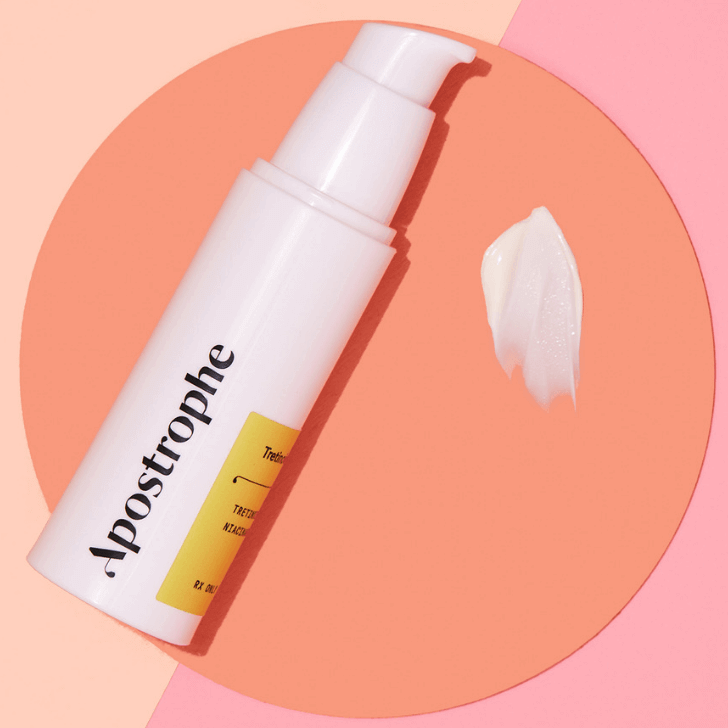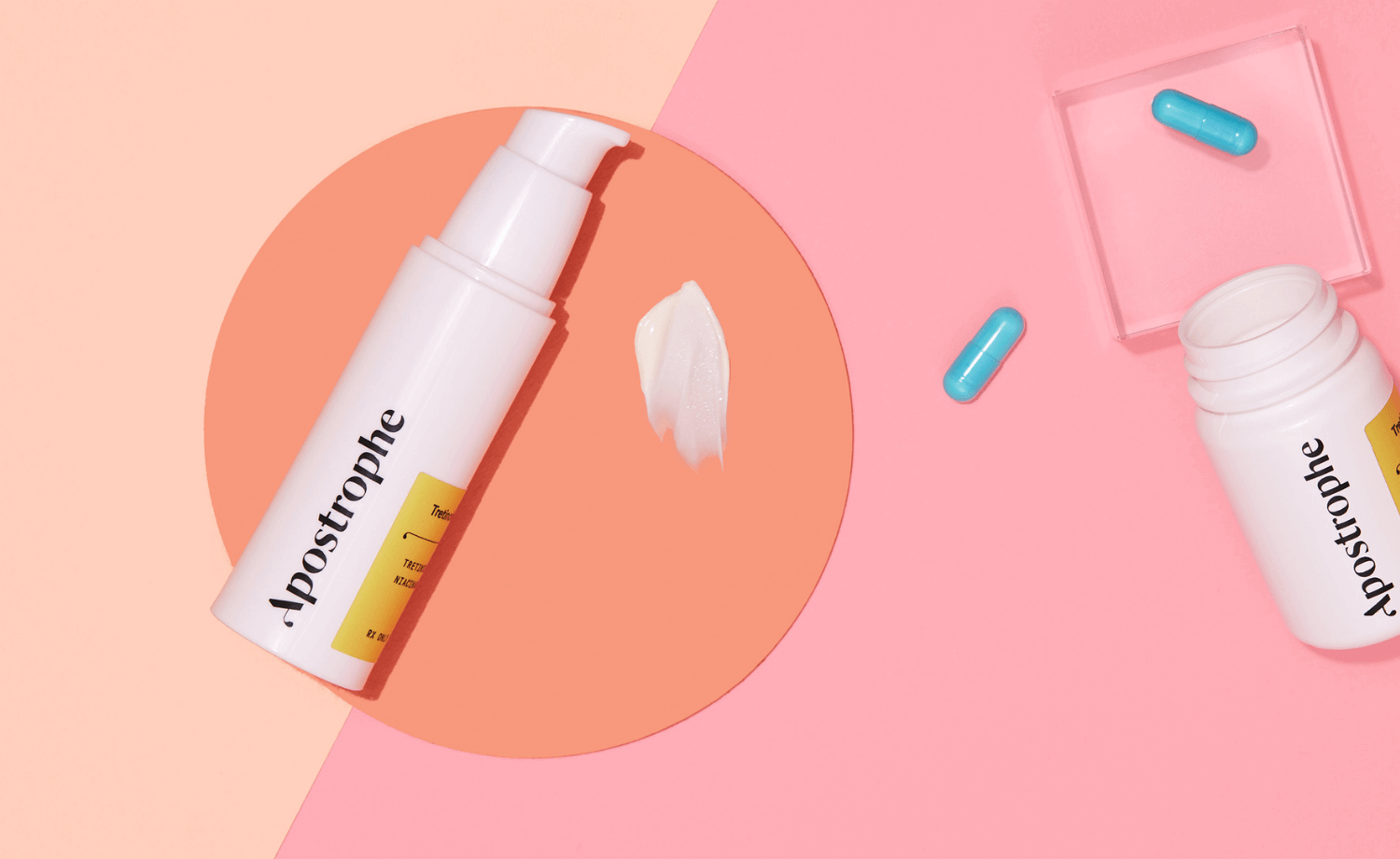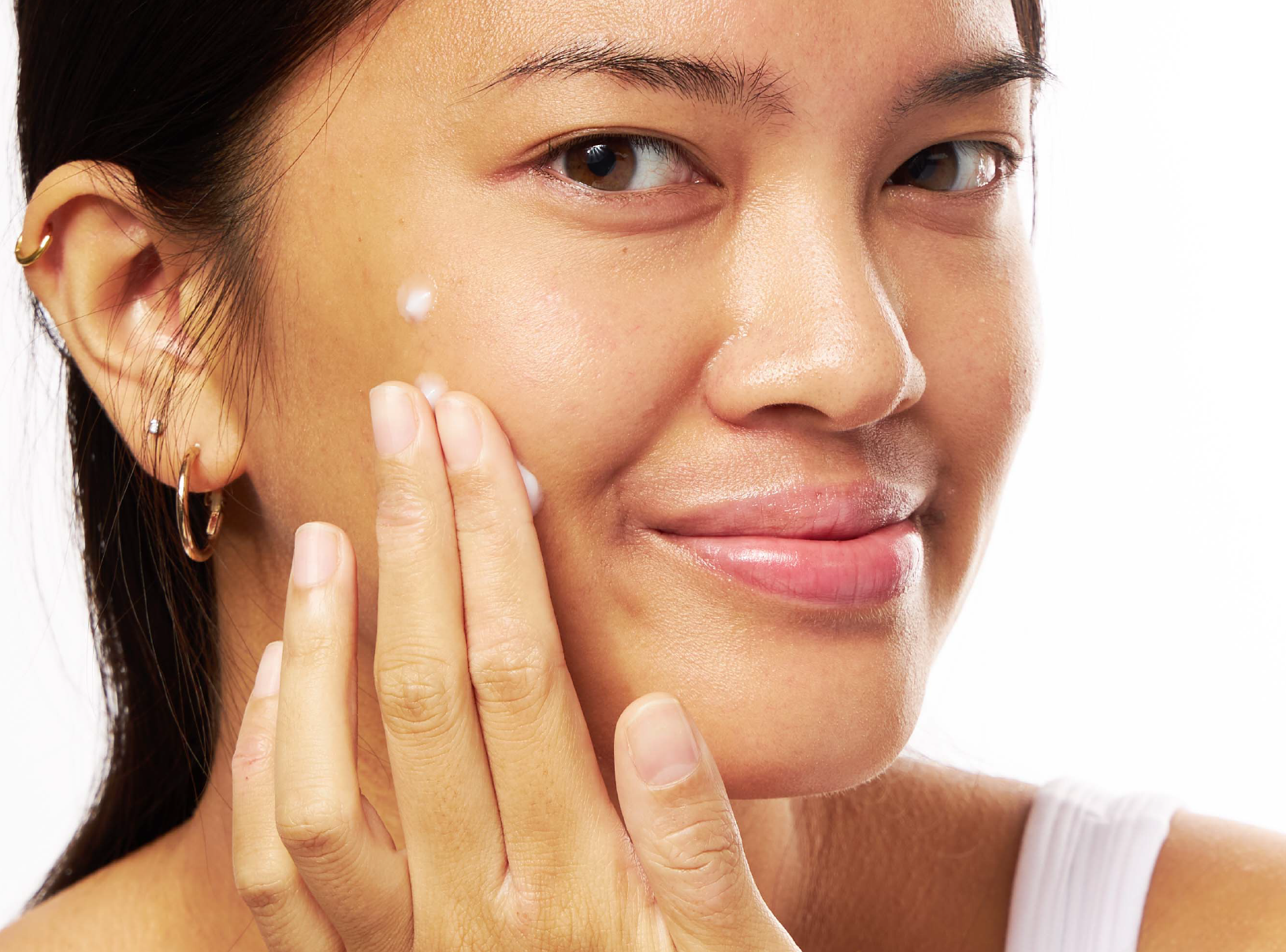Education
Acne 101


SHARE
Education
Acne 101
Medically reviewed by Aimee Paik, MD
Written by Apostrophe Team
Last updated 11/3/2024
Dermatology shouldn’t be a black box. At Apostrophe, we work hard to make sure dermatologists’ knowledge is right at your fingertips. That’s why we’ve asked board-certified dermatologist, Dr. Aimee Paik, some of your most burning acne questions! She covers the basics about the different types of acne, what treatments are effective, and common misconceptions around skincare.
What kind of acne most benefits from prescription treatments from a dermatologist? What kind can be successfully treated with over-the-counter treatments?
Mild acne can oftentimes be treated with OTC meds such as salicylic acid or benzoyl peroxide. One example would be a 12 year old boy or girl with small bumps on the forehead, or an adult who gets occasional breakouts. More persistent and severe involvement often requires prescription medications to get the acne under control.
What considerations do you take into account when deciding on a course of treatment (oral medications, topical treatments, changes in routine, etc.)?
Topical treatments are always important for the treatment of acne. When a patient has severe acne or would like rapid improvement, I usually add an oral medication. Alternatively, if a patient has many comedones (small, plugged pores), and I think their acne will flare when they start a topical retinoid, then I will also start an oral antibiotic to prevent this flare.
Are there any common misconceptions you often see in your practice of patients treating acne issues incorrectly (using harsh astringents on oily skin, for instance)?
I do not recommend exfoliating the skin with a brush or washcloth since mechanical trauma to the skin can definitely cause breakouts. I think most people think they need to scrub their skin vigorously to clean it, but I recommend a gentle massage when using a cleanser and splashing water to rinse off. Many people also believe moisturizers will make their skin break out, but this is not true. Many acne medications cause skin dryness, and skin dryness can make acne worse. I always recommend a facial moisturizer after washing the face and/or applying topical medicines. I never recommend harsh astringents.
What’s the best way to stop popping or picking at pimples?
You also often hear the common mantra not to pop your pimples, but the truth of the matter is that some acne lesions will not resolve unless they are drained. I’m not saying you should pop all your pimples! You don’t want to squeeze pimples indiscriminately because you CAN make them worse. However, if a pimple comes to a head, you need to get the pus and keratin plug out before it can heal. Try opting for a pimple patch to help remove this excess pus out from the pimple. Apply a topical antibiotic or benzoyl peroxide once the pus has been removed. After that, leave it alone. Constant picking can definitely cause scarring.
Which gets me to picking... there is a common misconception that if you pick something off the skin, there is “normal” skin underneath waiting to be unearthed. This is not true. The skin is a dynamic organ that has remarkable healing properties, but generally it has to be left alone to heal properly. If there is a dry scab on the skin, leave it alone so that the underlying skin can heal and it will fall off when it is ready. This will minimize scarring.
How common is fungal acne and what causes it (genetics vs. environmental factors)? Dermatologists call this condition Pityrosporum folliculitis. It is not uncommon and can look very similar to acne. It is caused by an overgrowth of the yeast Malassezia furfur (AKA Pityrosporum ovale) that exists as normal skin flora. Fungal acne tends to occur in oilier skin areas, and the preceding use of topical or oral antibiotics is a risk factor. Excessive sweating and living in a hot, humid environment can also make someone more prone to this condition.
Pityrosporum folliculitis looks like small 1-2mm red bumps that all look the same, instead of the variety of lesions and sizes seen with typical acne. They are often itchy and usually affect the face, especially the forehead, neck, upper chest and back, shoulders and/or upper arms. One clue you may have Pityrosporum folliculitis is the lack of improvement with acne medications. There is often a dramatic improvement with antifungal medications.
There you have it! Never hesitate to ask your dermatologist or provider questions about your treatment or your skin routine: they went to medical school for a reason. Remember to always squeeze your pimples with care and go easy on the scrubs for your happiest, healthiest skin.
Like what you just read? Sign up for our email list to get the scoop on skincare science delivered straight to your inbox.

Deep Dives
A dermatologist shares his thoughts on the recent studies about benzoyl peroxide and benzene.
Read More
Education
What is milia?
What is milia? Today, we’re jumping into one type of bump that you may have heard about most commonly in infants — milia.
Read More
Education
Best moisturizer for acne-prone skin
If you have combination acne-prone skin, figuring out which moisturizer is best for your skin might be tough. In this guide, we break down the best moisturizer for combination, acne-prone skin.
Read More
